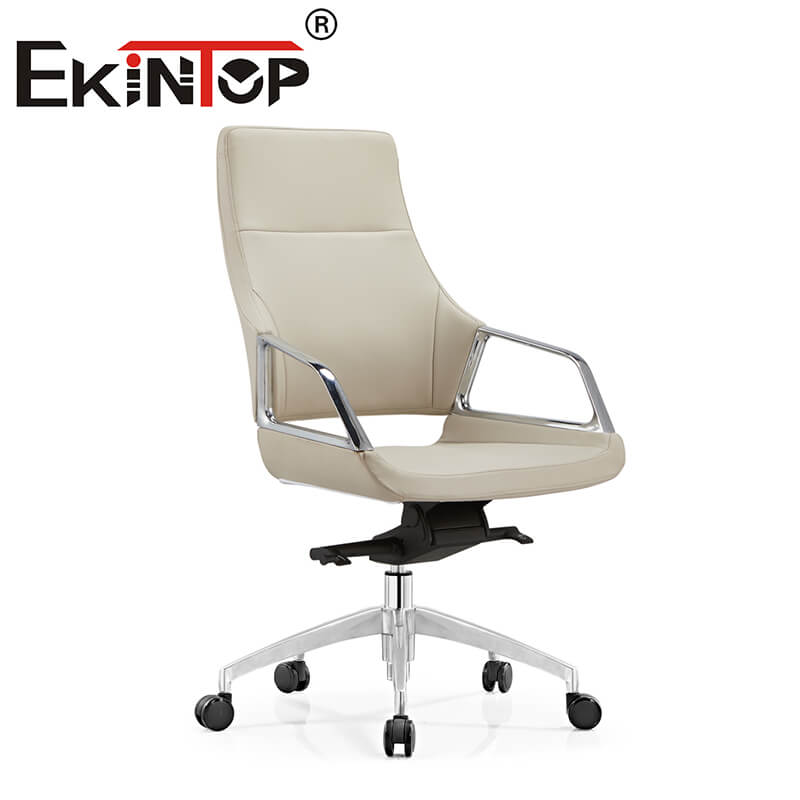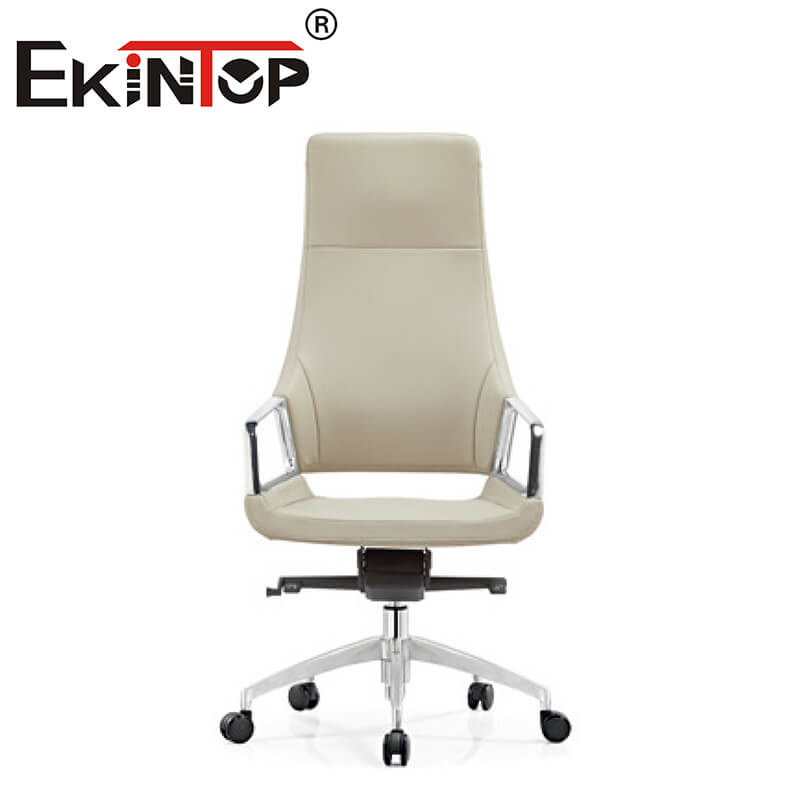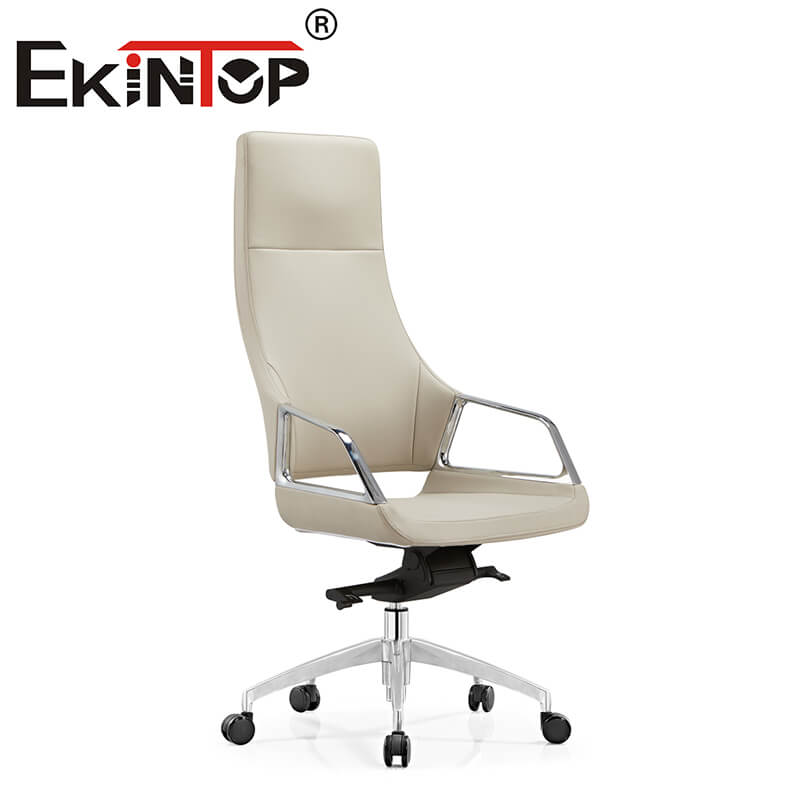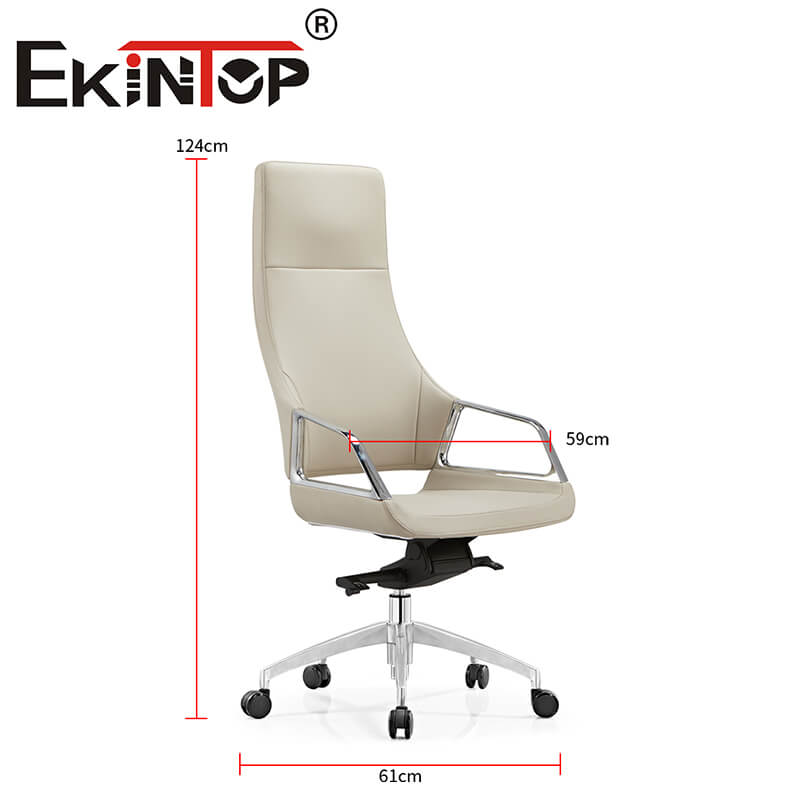
October 15,2025
admin
In the modern office environment, ergonomic chairs have evolved from basic seating to a core tool for enhancing corporate productivity and employee health. Through scientific design, technological innovation, and accurate data support, manufacturers are re - defining the balance between workplace efficiency and comfort.
Spinal Protection System
High - quality ergonomic chairs use bionic lumbar support modules. By adjusting the curved surface to fit the S - shaped spinal curve of the human body, the efficiency of dispersing lumbar pressure is increased by more than 40%. Some high - end models are equipped with dynamic lumbar - following technology, which can adjust the support angle in real - time according to changes in sitting posture, maintaining a golden lumbar inclination of 15° - 25°.
Optimization of Pressure Distribution
A composite structure of high - density memory foam and suspended mesh fabric is adopted. The uniformity of cushion pressure distribution is increased by 60% compared with traditional sponges, and the hip fatigue index after sitting for 4 hours is reduced by 52%. Some products have a waterfall - style gentle slope at the front edge of the cushion, effectively reducing the compression of blood vessels in the thighs and increasing the blood circulation efficiency by 30%.

Dynamic Support System
The 4D suspended armrest technology developed by leading manufacturers supports 8cm height adjustment, 35° rotation, and 5cm front - to - back sliding, meeting the diverse scene requirements from keyboard operation to meeting minutes. The simultaneously developed intelligent weight - sensing chassis can automatically adjust the rebound force according to the user's weight to ensure stable support within the load - bearing range of 50 - 120kg.
Environmental Adaptation Technology
New breathable mesh fabric materials are combined with a double - circulation air duct design. The body - felt temperature in summer is 4 - 6℃ lower than that of traditional leather seats. In winter, it can maintain a constant temperature of 32℃ with a heating cushion. Some products are integrated with pressure sensors, which will remind users to adjust their postures through vibration when they sit continuously for more than 1 hour.

Through the big data analysis of the sitting postures of millions of users, manufacturers have found that:
A height - adjustable headrest reduces the neck fatigue index by 38% (the height adjustment range needs to reach 8 - 12cm).
The 25° recline - lock function increases the focus of creative workers by 22%.
The 3cm drop design between the armrest and the desktop can reduce the incidence of shoulder strain by 45%.
These data directly guide product iteration. For example, the standard seat depth is optimized from 48cm to an adjustable range of 42 - 46cm to fit people of different heights.

The tracking data of a technology company after purchasing 2,000 ergonomic chairs shows that:
The average daily effective working hours of employees increase by 1.2 hours.
The visit rate for lumbar diseases decreases by 67%.
The annualized labor cost savings brought by each chair reach 3.2 times its purchase price.
The comprehensive "health - efficiency" solutions provided by manufacturers include:
A three - year free maintenance plan.
Sitting posture health management training.
Quarterly usage data feedback.

Cutting - edge manufacturers are laying out:
Biosensing technology: Electromyographic sensors are embedded in the cushion to monitor the status of 15 muscle groups in real - time.
Intelligent early - warning system: Early occupational disease risks are warned through abnormal pressure distribution.
Breakthroughs in environmentally friendly materials: Mesh fabrics made from recycled ocean plastics with a 20% increase in strength and complete biodegradability.
By deeply integrating medicine, materials science, and digital technology, ergonomic chair manufacturers are creating a new workplace health paradigm. For example, the Ekintop K1 series has passed the German AGR certification, reducing corporate work - related injury compensation expenses by 19%, which confirms the deep empowerment of scientific seat design on organizational efficiency.

